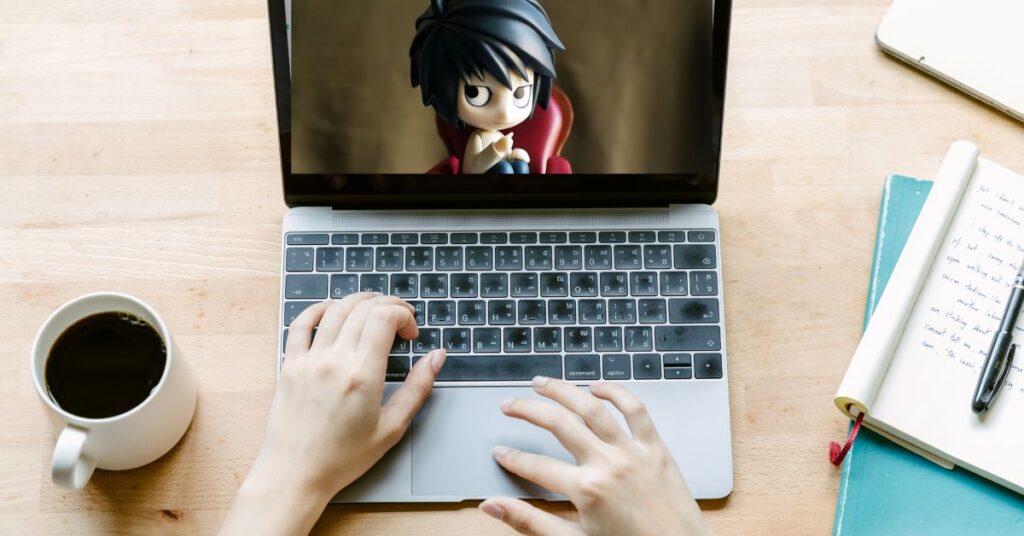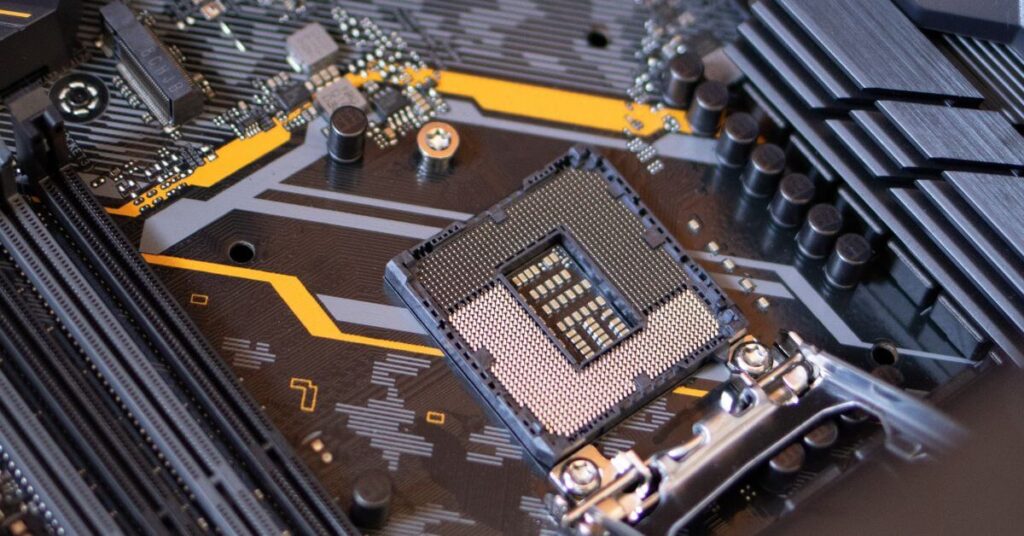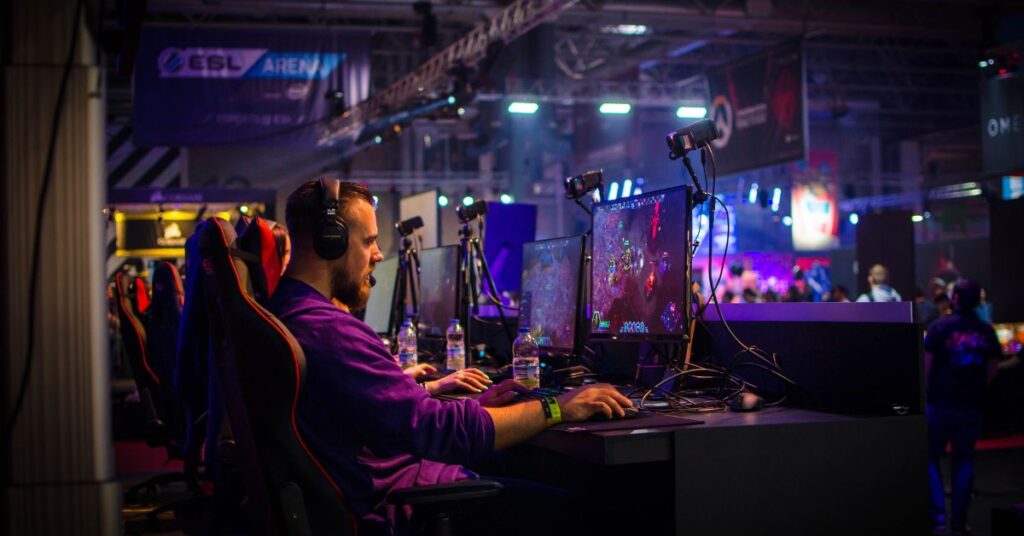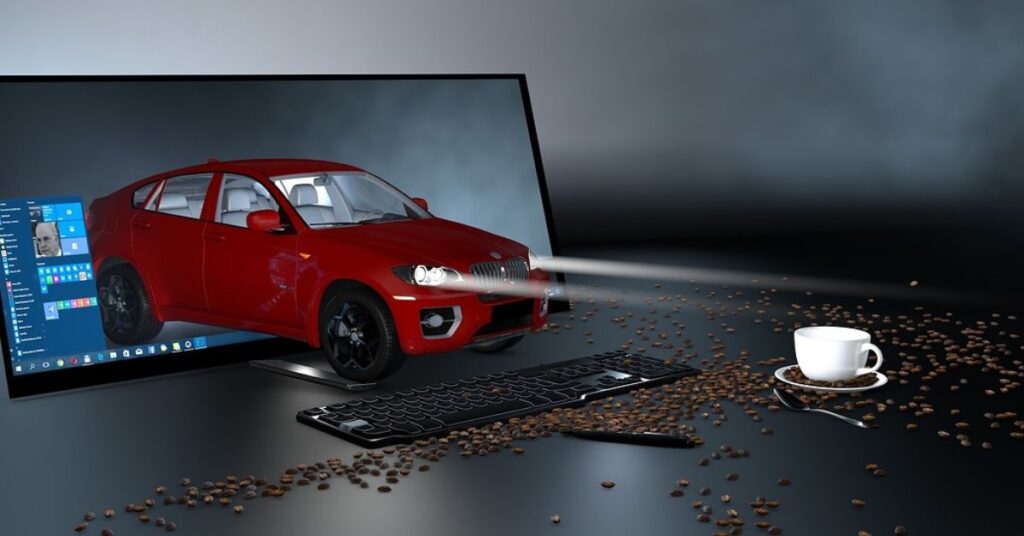Knowing the nuances of a motherboard is like knowing your system’s brain in the vast world of computer hardware. Setting out to understand How motherboard works animation? is an exciting first step in the process of unraveling the mystery surrounding this important part. Whether you’re a student delving into the world of hardware, a tech enthusiast, or someone troubleshooting their PC, this search reflects a quest for clarity.
Table of Contents
How important of motherboard is in the animation?

The motherboard, often dubbed as the central nervous system of a computer, plays a pivotal role in the world of animation. Its importance lies in orchestrating the seamless collaboration of various components essential for rendering animated content. The CPU, GPU, RAM, and other peripherals harmonize their efforts under the motherboard’s watchful eye, ensuring smooth data flow and efficient communication.
Think of the motherboard as the conductor directing an orchestra; it coordinates the diverse instruments to produce a harmonious result. In animation, where intricate calculations and rapid data exchanges occur, a well-functioning motherboard becomes indispensable. It dictates the pace and efficiency of tasks, allowing animators and graphic designers to bring their creative visions to life with optimal performance.
In animation, do we need high-end or low-end motherboards?

When it comes to creating animations, the choice between high-end and low-end motherboards depends on the specific requirements of your animation tasks.
Low-End Motherboards
- Cost-Efficiency: If you’re working on simple animations or 2D graphics, a low-end motherboard may suffice. These motherboards are generally more budget-friendly and could be suitable for basic animation needs.
- Entry-Level Performance: If you’re just starting with animation and not dealing with highly complex 3D rendering or intensive processing tasks, a lower-end motherboard might meet your requirements.
High-End Motherboards
- Performance Demands: For professional animators or those working on complex 3D animations, simulations, or rendering tasks, a high-end motherboard is often recommended. These motherboards come equipped with advanced features, powerful processors, and ample RAM support to handle resource-intensive applications.
- Multiple GPUs: If your animation work involves GPU rendering or requires multiple graphics cards, high-end motherboards often offer better support for multiple GPUs.
Consider the following factors
- Processor Compatibility: Ensure that the motherboard supports the processor you intend to use, especially if you need a high-performance CPU for rendering tasks.
- RAM Capacity and Speed: Animation software can benefit from ample and fast RAM. High-end motherboards often support larger RAM capacities and faster memory speeds.
- PCIe Slots: If you use specialized hardware for animation, such as dedicated graphics cards or PCIe-based storage, having enough PCIe slots is crucial.
Further Reading: Can motherboard affect internet speed?
What things are important in animation on the computer?

Creating smooth and visually appealing animations on a computer involves considering several key factors. Here are important things to focus on when engaging in animation:
- Powerful CPU: A high-performance processor is crucial, especially for 3D rendering and complex simulations. Look for CPUs with multiple cores and high clock speeds for optimal performance.
- Sufficient RAM: Animation software often requires a significant amount of RAM. Ensure you have enough memory to handle the size and complexity of your animation projects, preventing slowdowns or crashes.
- Dedicated Graphics Card (GPU): A powerful GPU is essential for rendering and displaying complex graphics. Look for a graphics card with good rendering capabilities, especially if you’re working with 3D animations.
- Storage Speed: High-speed storage, such as SSDs, can improve the speed of loading and saving animation files. This is crucial for maintaining a smooth workflow, especially when dealing with large project files.
- Animation Software: Choose professional-grade animation software that suits your specific needs. Software like Autodesk Maya, Blender, or Adobe After Effects are popular choices, each with its strengths in different aspects of animation.
- Display Resolution and Color Accuracy: A high-resolution monitor with accurate color representation is important for detailed work. This ensures that you see your animations as accurately as possible during the creation process.
- Input Devices: Invest in a quality graphics tablet or stylus for precise and natural input, especially if you’re involved in frame-by-frame animation or digital drawing.
- Cooling Solutions: Animation tasks can be resource-intensive and generate heat. Ensure your computer has effective cooling solutions to prevent overheating, which can degrade performance.
- Backup Solutions: Regularly back up your animation projects to prevent loss of work due to unforeseen circumstances. This can include external hard drives, cloud storage, or a combination of both.
- Multithreading Support: Animation software often benefits from multithreading capabilities. Ensure your hardware and software are optimized for parallel processing to improve rendering times.
- Up-to-date Software and Drivers: Keep your animation software and graphics drivers updated to access the latest features, enhancements, and bug fixes.
Some tips on smooth animation

Creating smooth animations requires a combination of technical know-how and artistic finesse. Here are some tips to help you achieve smooth and visually appealing animations:
- Frame Rate Matters: Choose an appropriate frame rate for your animation. Common frame rates include 24 fps (frames per second) for a cinematic look and 30 fps for standard animations. Higher frame rates, such as 60 fps, can result in smoother motion.
- Use Keyframes Wisely: Set keyframes strategically to define the major poses or movements in your animation. Avoid excessive keyframes, as they can make the animation look jittery.
- Easing In and Out: Incorporate easing in and out of movements to mimic natural acceleration and deceleration. This adds a sense of realism to your animations.
- Understand Timing: Pay attention to the timing of movements. Different actions may require different timings. Experiment with timing to achieve the desired impact and rhythm in your animation.
- Anticipation and Follow-Through: Include anticipation frames before a major movement and follow-through frames after it. This helps convey a sense of weight and adds realism to your animations.
- Smooth Transitions: Ensure smooth transitions between keyframes. Sudden jumps or abrupt changes can disrupt the flow of your animation.
- Use Arcs for Natural Movements: Mimic natural movements by incorporating arcs. Most organic motions, like swinging an arm or tossing an object, follow curved paths.
- Consistent Spacing: Maintain consistent spacing between keyframes. This helps prevent uneven motion and contributes to the overall smoothness of the animation.
- Overlap and Secondary Motion: Introduce overlap and secondary motion to add complexity and realism. For example, when a character stops, their clothing may continue to move for a moment.
- Check Your Curves: When using animation curves, review and adjust them to ensure smooth transitions between frames. Avoid sudden changes in slope that can result in jerky animations.
- Preview and Iterate: Regularly preview your animation to identify areas that need improvement. Iterate on your work, making adjustments as needed.
- Optimize for Performance: If working with 3D animations, optimize your scenes for performance. This includes using efficient geometry, textures, and lighting to avoid lag or slowdowns.
- Consider Motion Blur: Motion blur can add a sense of realism to fast-moving objects. Experiment with motion blur settings in your animation software.
- Use the Graph Editor: Take advantage of the graph editor in animation software to fine-tune curves and achieve precise control over the motion of elements in your animation.
Summary
To sum up, watching How Motherboard Works animation will take you on a journey to comprehend the complex orchestration of the main part of a computer. This search for information is a reflection of a desire to understand the complexities through eye-catching illustrations. Whether for learning, troubleshooting, or just plain curiosity, animated explanations provide a clear and easy way to understand a motherboard’s internal operations.
It’s an intriguing investigation that reveals the secrets of how hardware components work in unison to transform a disparate piece of hardware into a cohesive and capable computer system. Accept the animation and discover the mysteries of this fundamental part that serves as the foundation of any computer.
FAQ on How Motherboard Works Animation
Who benefits from understanding how motherboards work through animation?
Anyone interested in computer hardware, from students studying technology to enthusiasts building their own PCs or individuals troubleshooting computer issues, can benefit from animated explanations of how motherboards function.
Are there specific software or tools for creating motherboard animation?
While there isn’t dedicated software solely for motherboard animation, general animation software like Blender, Adobe After Effects, or 3D modeling tools can be used to create animations explaining motherboard functionality.
What are the key considerations when building a computer for animation work?
Important considerations include a powerful CPU, sufficient RAM, a dedicated graphics card, high-speed storage, and a reliable cooling system. These elements collectively contribute to a smooth and efficient animation workflow.
